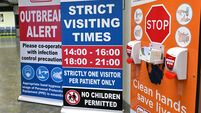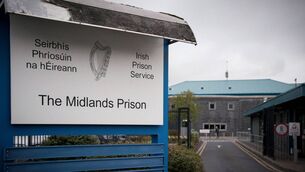Garret FitzGerald's data mining sheds light on primary schools
The ex-taoiseach had almost completed the project before he died in 2011. It has been finished by his son and ESRI research professor John FitzGerald, who said his father always insisted he was no mathematician despite a reputation for statistical prowess.
He found reports of an 1824 government survey of Irish education which form the main basis of the publication a decade ago, but the bulk of the work was done in his final four years.













